First-ever look at stolen gems recovered by British Museum
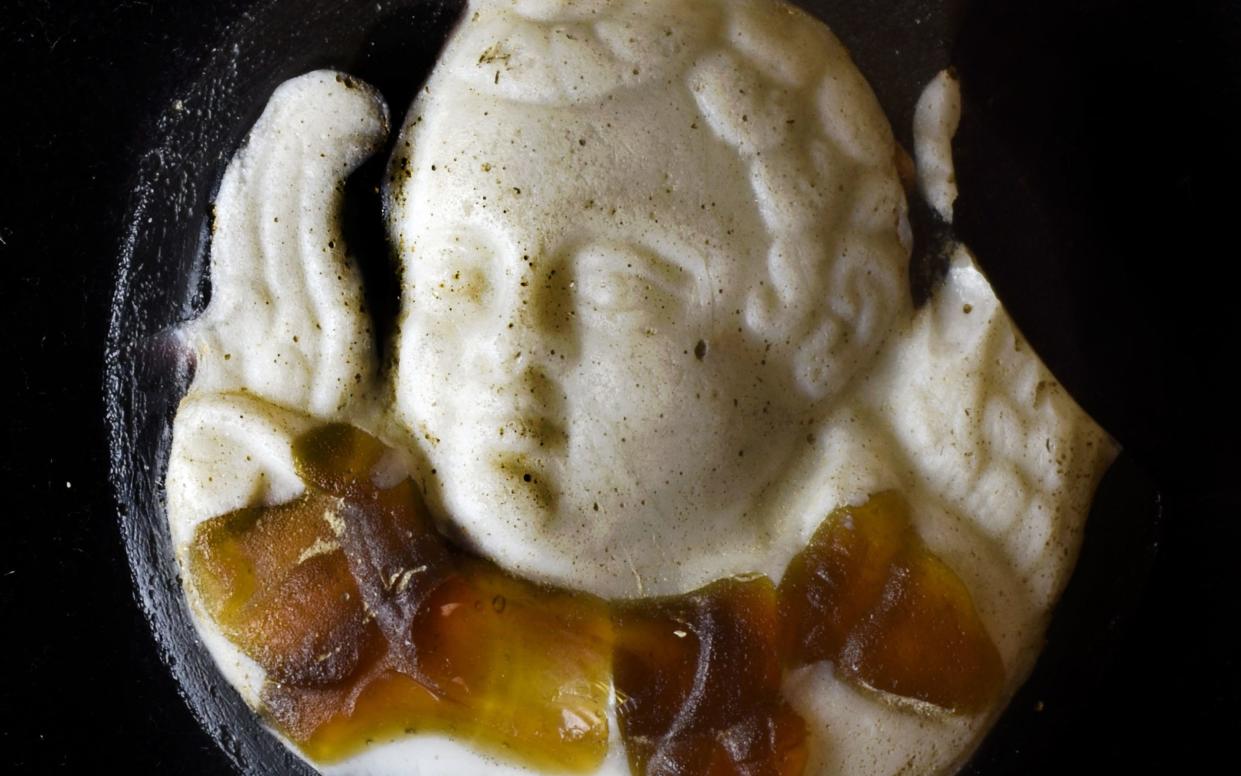
The British Museum has released pictures of some of its stolen glass gems, which are now on display after being recovered.
The 10 artefacts, which have never been seen by the public, form part of the Rediscovering Gems exhibition alongside more than 500 objects that were not caught up in the thefts.
In August 2023, the British Museum announced that up to 2,000 items of gold jewellery and gemstones dating back to 1,500BC had been stolen, piece by piece, in a suspected inside job.
All of the previously stolen items now being exhibited are in their own showcase and clearly labelled.
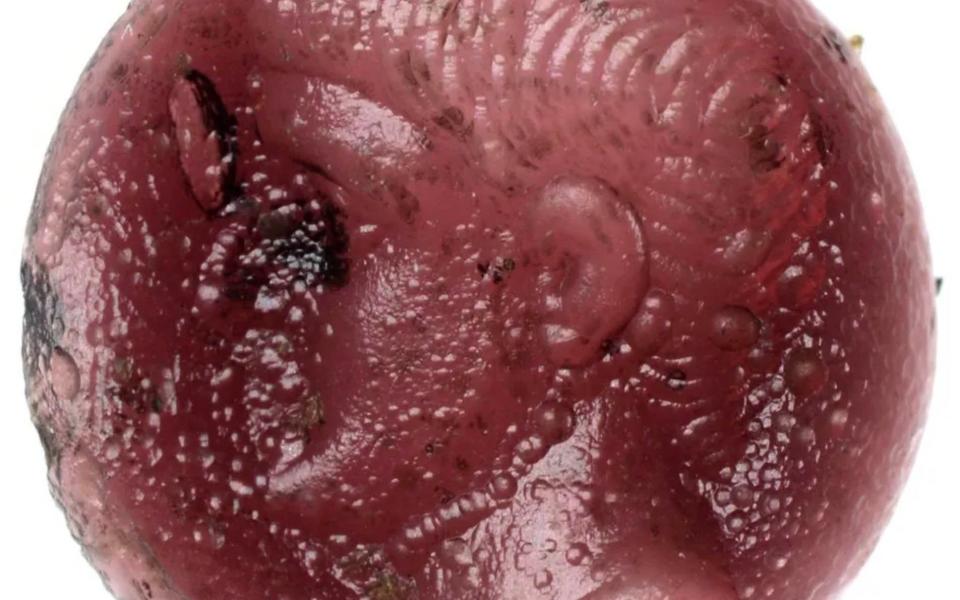
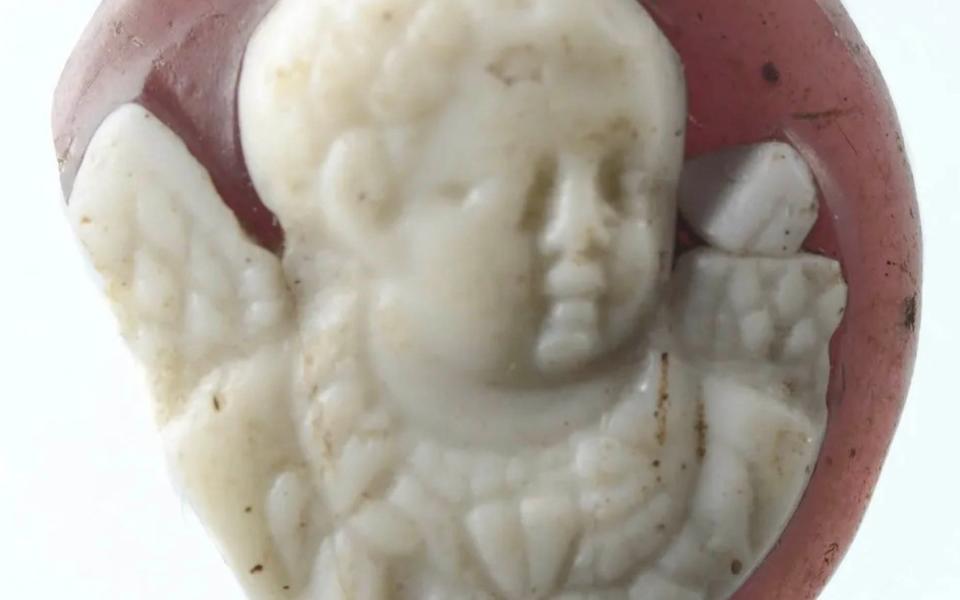
A yellow-coloured stone with an imprint of the god Jupiter is one of the never-before seen gems, as is an oval-shaped blue and green striped stone depicting another god, Bacchus.
A pink and white head of Cupid and a pink-coloured Roman beardless youth are also highlighted in the collection.
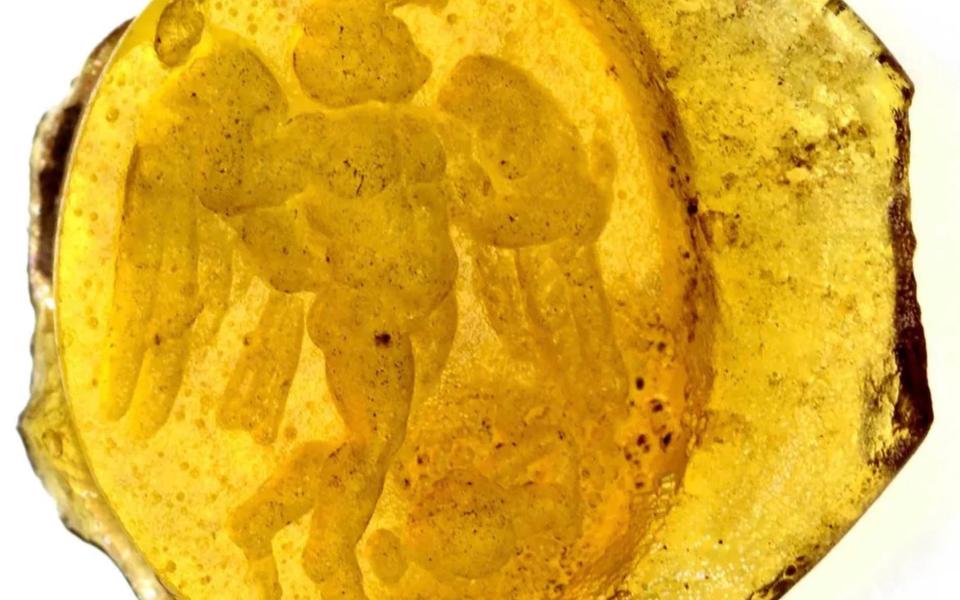
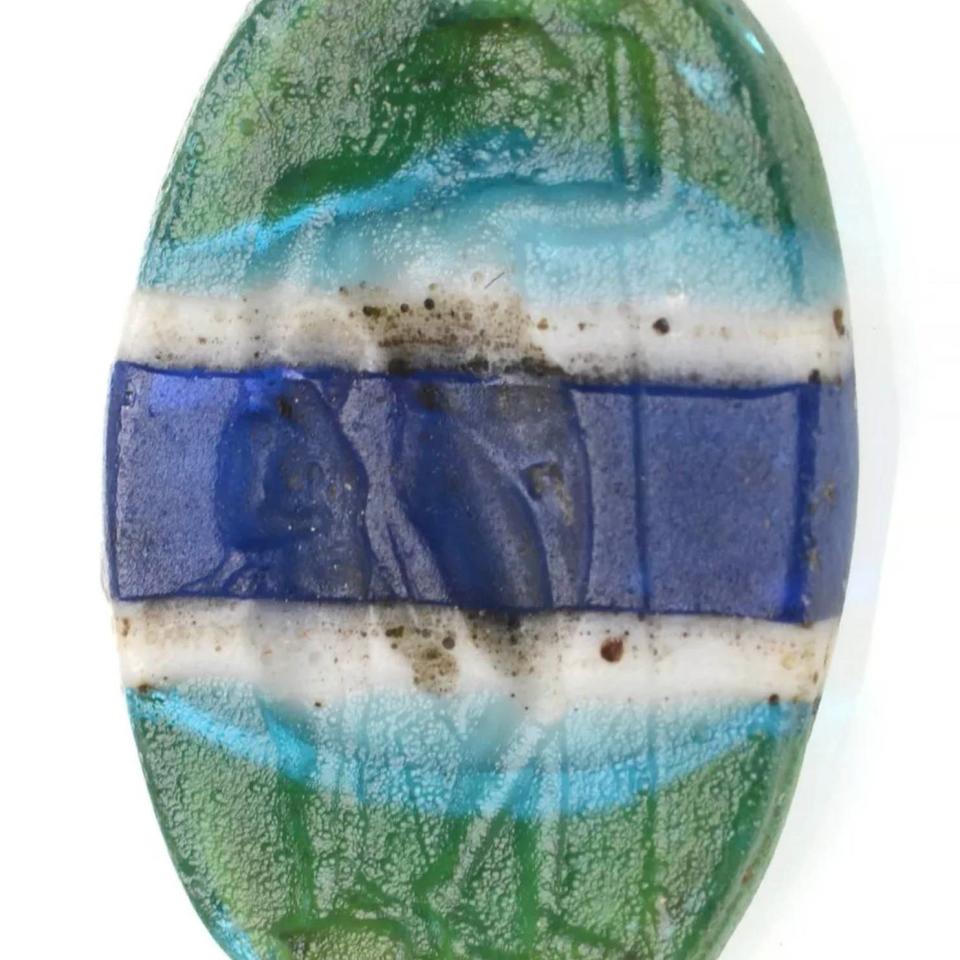
George Osborne, the chairman of the board of trustees at the British Museum, said at the time the exhibition was announced: “We promised we’d show the world the gems that were stolen and recovered rather than hide them away.
“It’s another example of culture change underway at the British Museum as we open up and take ownership of our own story.”
The ancient Mediterranean objects were used as seals, jewellery or collected and sought after by royalty, aristocrats, artists and antiquarians, according to the museum.
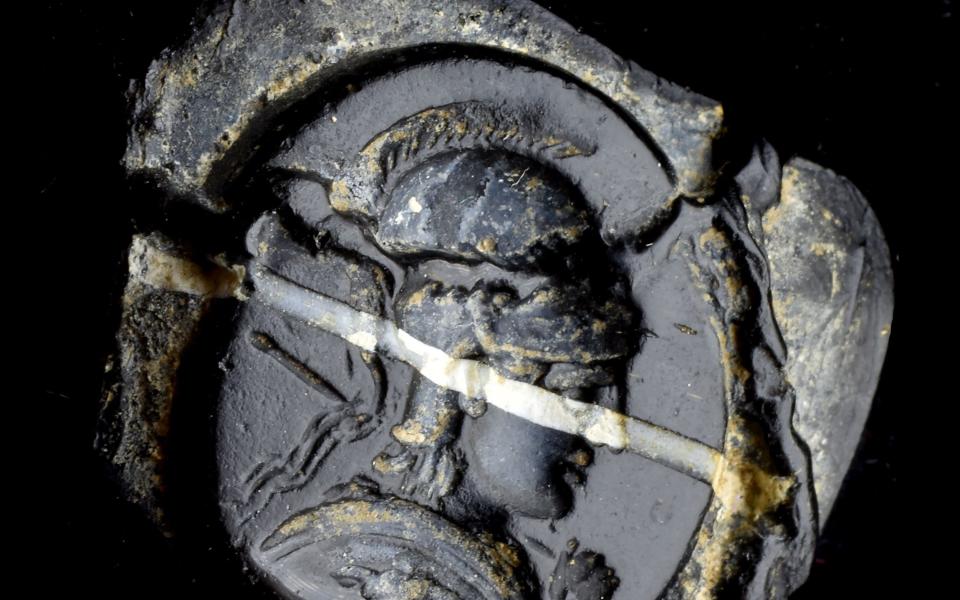
Tom Harrison, keeper of the museum’s department of Greece and Rome, said: “We are delighted to be able to put on this exhibition and showcase some of the stunning recovered gems which are now safely back in the museum’s collection.
“It’s also an interesting opportunity to cast some light on an underappreciated and very beautiful art form.
“A huge thanks goes out to all those who have lent support and helped us in the recovery programme.”

